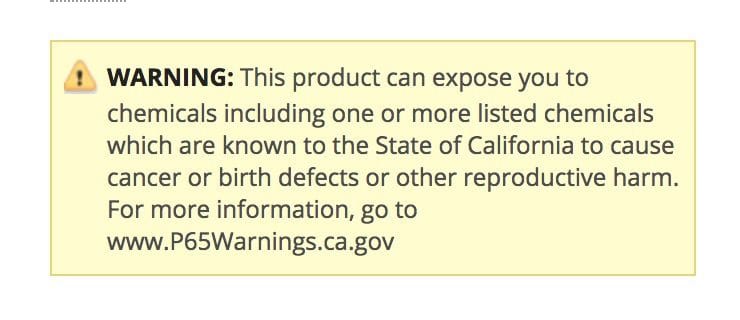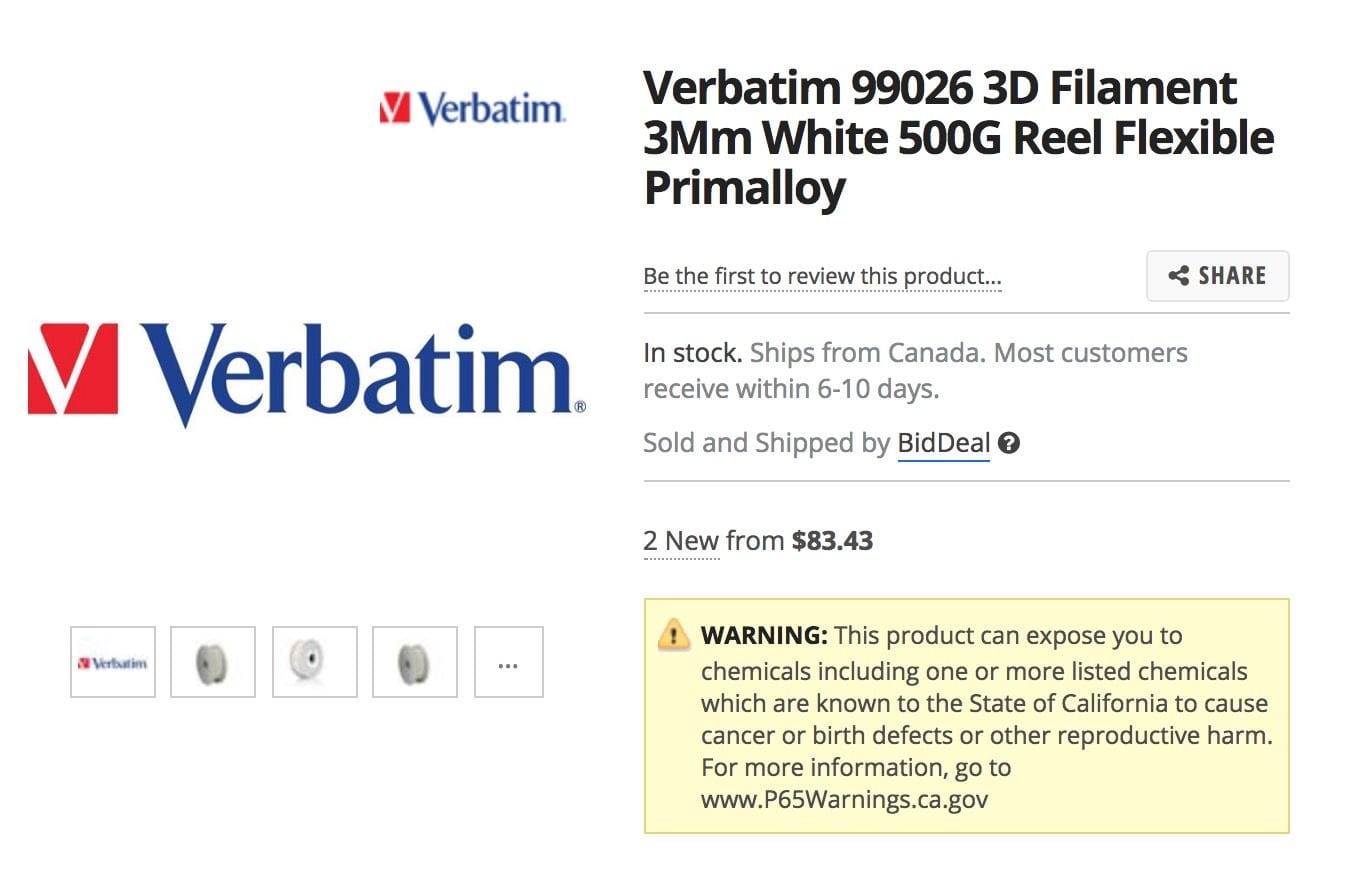
The lack of standards and packaging inconsistencies in 3D printer filament may hide safety issues.
There are plenty of 3D printer filament manufacturers across the globe, each producing variants of popular 3D printing thermoplastics in filament form. They present the materials in different quantities, mounted on differently-sized spools.
The exact composition of materials themselves are often a complete mystery. A vendor may describe a product as “PLA”, but in fact it may not be “just” PLA. At the very least there will be other chemicals present to color the product. There may be more chemistry involved in altering the thermal or engineering characteristics of the filament, something that’s particularly in demand these days.
But on the labeling of the product, you might just see “PLA”, or maybe “Extra-Tough PLA”. Oh, and “Ice Blue” or whatever fancily-named color it happens to be.
Here’s the question: do you know what other chemicals are present in the filament box you just cracked open? What if they are dangerous? How would you know if this was the case? Was lead present in the coloring agent?
Would you take different actions if you knew this was the case?
Filament manufacturers keep their mixtures secret, of course, lest others copy their unique formula. But it is also reasonable for them to disclose any toxic components. Unfortunately, standards and regulations do not always insist they do so.
However, occasionally you DO run into such warnings. One case I recently encountered was examining a listing for the well-regarded Primalloy material from Verbatim. We’ve actually tested this interesting material and found it prints flexible objects quite well.
But then to my surprise we hit a rather serious warning on a Newegg listing for that material, shown at top. The warning says:
WARNING: This product can expose you to chemicals including one or more listed chemicals which are known to the State of California to cause cancer or birth defects or other reproductive harm. For more information, go to www.P65Warnings.ca.gov

Ok, what’s that all about? I looked at the P65 Warnings site, which explains:
Proposition 65 requires businesses to provide warnings to Californians about significant exposures to chemicals that cause cancer, birth defects or other reproductive harm. These chemicals can be in the products that Californians purchase, in their homes or workplaces, or that are released into the environment. By requiring that this information be provided, Proposition 65 enables Californians to make informed decisions about their exposures to these chemicals.
and
Proposition 65 requires California to publish a list of chemicals known to cause cancer, birth defects or other reproductive harm. This list, which must be updated at least once a year, has grown to include approximately 900 chemicals since it was first published in 1987.
Ok, this makes sense. If Newegg wishes to sell this product to Californians, then they’d best post this warning. Users can take it into account when deciding on purchasing.
But wait, this product is sold by other outlets. Do they carry the same warning, as required if it’s sold in California? I found no similar warning on several sites selling the product, including iMakr, CDW, Amazon and others. Even Verbatim themselves do not mention this.
So here we have a product that almost certainly contains toxic components, yet is sold worldwide without any mention of it. My question:
WHAT OTHER FILAMENTS ALSO HAVE TOXIC COMPONENTS YOU DON’T KNOW ABOUT?
It is my wish that there would be a standard labelling system by which vendors could disclose any components of interest, without compromising their secret formulas. This way buyers could inspect the characteristics before purchase, and not unduly expose themselves or their workers to toxic material without even knowing it.

